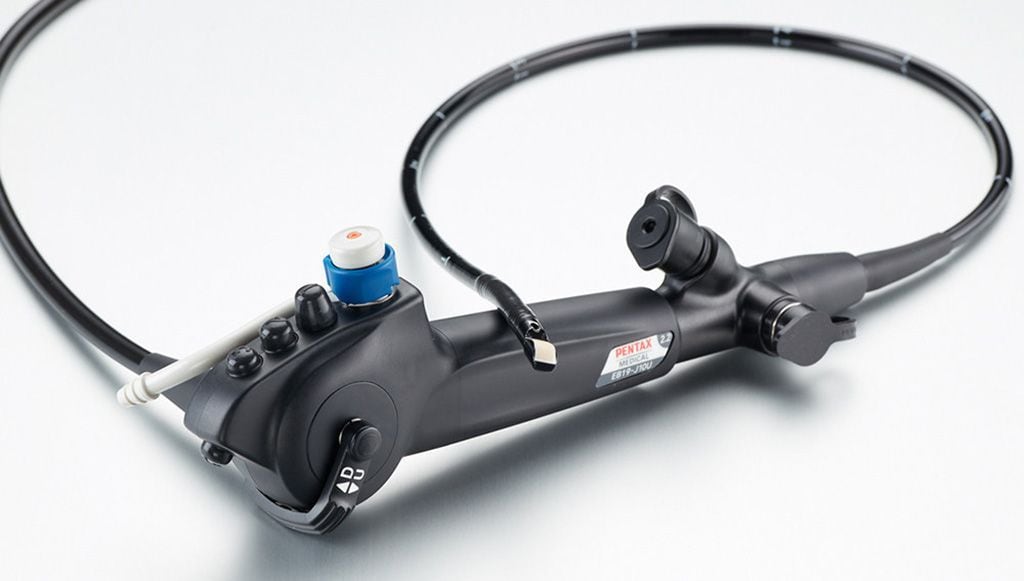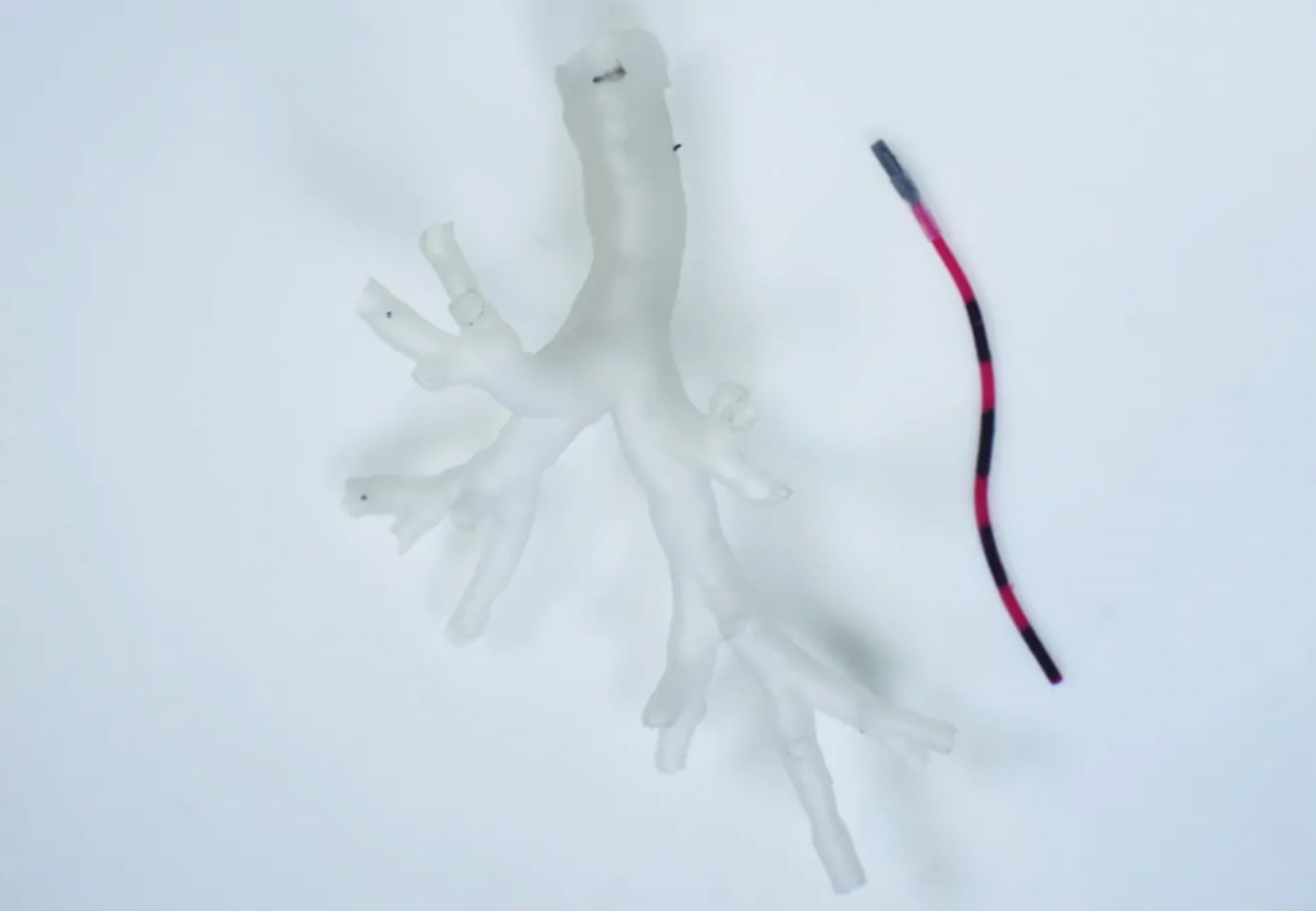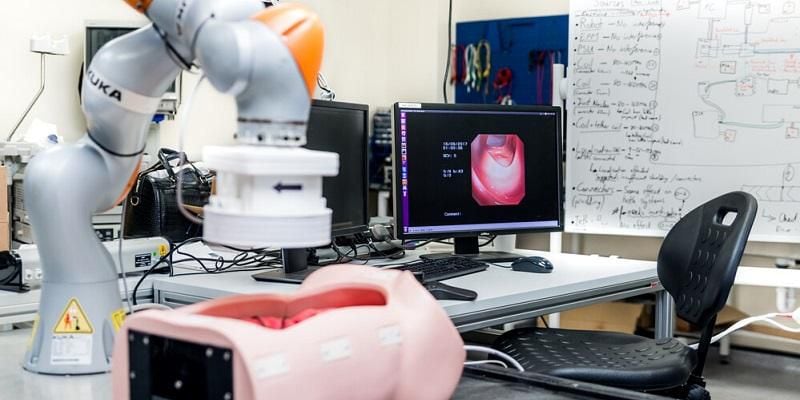
A team of scientists from the University of Leeds, England, has designed a robot with tentacles that is able to explore the lungs and penetrate the smallest clefts of the bronchi.
With it, it is possible to take samples from places that are practically inaccessible today, and also to carry out chemotherapies.
There is no doubt that the emergence of robotics in the medical field has brought great news in recent years. This could be one of them, although as the authors of the study explain in a press release, it will be several years before it becomes available in hospitals.
In reality, some experimental stages are yet to come. So far, they have only tried the tentacle robot in 3D drawings of the bronchial tree. Then, they hope to use it on corpses and from there, on living patients.
It is true that there are still many steps to be taken but according to the results published in Soft Robotics, the results so far are positive. In the future, patients with cancer and other lung diseases will be able to appreciate it.
Accessing beyond the lungs has never been an easy task
Today, doctors use a device called a bronchoscope to examine the lungs and airways. It is a flexible tube of 3.5 to 4mm in diameter that is inserted through the nose and mouth and directed to the bronchi.
The problem is that by its size it can only reach the highest part of the tree that forms the bronchi. To penetrate into the narrowest angles, a catheter about 2 mm in size is passed through the bronchoscope.

This can already be introduced into the thinnest branches of the bronchial tree, but it is difficult to handle from the outside. Do not forget that this is a tube that is inside another tube that is passed through the nose. That is, it doesn't leave much room for movement.
However, the color robot developed by the STORM Laboratory at the University of Leeds is much more accessible. After all, it is an independent vehicle, controlled from the outside by a magnet. It is not attached to any support outside its body, but uses magnetism to guide it to its destination.
The robot with tentacles that can travel to the smallest places in the lung
The tentacle robot is made up of a series of interconnected cylinders, each 2 mm in diameter, like a catheter inserted into a bronchoscope. In total, it is 8 mm long, but thanks to the elastomeric material that makes it up, it is very flexible and soft, so that each segment can be articulated practically independently.
This material, in turn, is covered with a small magnetic layer that allows it to be manipulated from the outside. In fact, the robot with tentacles will not be the only robot in the room, as magnets mounted on the robot arm are used to guide it. This allows the device to be guided individually for each patient.

First, a series of imaging tests of the lungs and bronchi will be performed, to determine the exact point of sampling or administration of the drug. Then, with this vital information, the magnets are programmed to guide the robot on long journeys.
Tests were concluded with bronchial trees printed in 3D from anatomical data. One would expect that with corpses, the results would also be good. If all goes well, in a few years more patients will have access to this tentacle robot in clinics and hospitals.
Artificial intelligence and robots, allied with medicine
STORM Laboratories has a great deal of experience in the development of devices that are introduced into the human body. One of his greatest achievements was the invention of the low-cost endoscope, which could be of great help in the diagnosis of diseases in countries with few resources. But that's not the only thing technology can do for medicine.

On the other hand, artificial intelligence algorithms are very useful for diagnosing diseases. For example, deep learning can be used to analyze a large number of X-ray images and find lesions that may be associated with diseases.
And what about the AI algorithms that select substances with pharmacological potential from millions of molecules? These are also very useful, but only if they fall into the right hands.
KEEP READING
Últimas Noticias
Debanhi Escobar: they secured the motel where she was found lifeless in a cistern
Members of the Specialized Prosecutor's Office in Nuevo León secured the Nueva Castilla Motel as part of the investigations into the case

The oldest person in the world died at the age of 119
Kane Tanaka lived in Japan. She was born six months earlier than George Orwell, the same year that the Wright brothers first flew, and Marie Curie became the first woman to win a Nobel Prize

Macabre find in CDMX: they left a body bagged and tied in a taxi
The body was left in the back seats of the car. It was covered with black bags and tied with industrial tape
The eagles of America will face Manchester City in a duel of legends. Here are the details
The top Mexican football champion will play a match with Pep Guardiola's squad in the Lone Star Cup

Why is it good to bring dogs out to know the world when they are puppies
A so-called protection against the spread of diseases threatens the integral development of dogs




